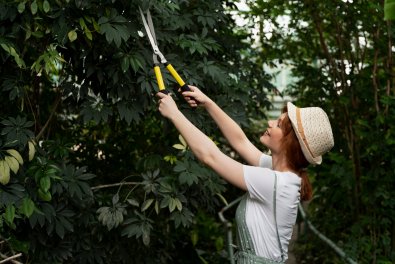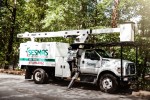Which Plants to Prune in Late Fall
Pruning is often done in winter when trees are dormant. However, some plants may benefit more from pruning in the fall. Before undertaking such a project, consult a reputable tree care company to ensure you minimize damage when temperatures drop. At Sesmas Tree Service, we leverage extensive knowledge and experience to tailor maintenance plans based on your trees. This gives you peace of mind, knowing your landscape has been in tip-top shape for years. With fall around the corner, here are plants you should prune.
Hydrangeas
Hydrangeas vary in species, each with a specific time of year to prune. Arborists and industry professionals recommend pruning the smooth and panicle hydrangeas in the fall, especially when they bloom on new wood. If you notice blooming on old wood, like oak leaf and big leaf hydrangeas, prune immediately after they bloom at the end of summer. If you prefer a professional approach, consult a tree service to handle maintenance tasks like pruning and trimming. In addition, arborists can pinpoint the specific species of hydrangeas on your premises, providing the proper care needed to enhance overall health and growth.
Roses
Like the hydrangeas that bloom on new growth, the popular Knock Out Roses also require pruning in the fall. If you have roses growing in your yard, cut them back at least by a third to prevent severe damage. Proper pruning is vital for roses because it helps them grow and bloom the following season. Pruning roses doesn’t require specialized equipment, but if you don’t have pruning shears, loppers, or secateurs, hire tree service providers to handle maintenance.
Perennials
If you have perennial plants in your yard, pruning in the fall provides the best opportunity to remove old foliage. Once these plants are past their blooming time, cut the old stems back to the base but leave new leaves intact. Some perennials that might benefit from fall pruning include astilbe, phlox, daylilies, hostas, and yarrow. Leaving some perennials with seed heads to feed the birds when temperatures drop is advisable. Suitable perennials for winter bird feeding include coneflowers and black-eyed Susans.
Grasses
Homeowners often focus on yard care in the fall, cutting back grasses for a more manicured landscape. Arborists recommend leaving grass through winter and cutting back in the spring to improve curb appeal. This ensures the tufts and textures look great in your yard when flowers don’t bloom, and trees lose their leaves. For those who lead busy lives or don’t have time to tackle yard care, hire a tree care company to provide regular maintenance and ensure your landscape is pristine.
Suckers
Lastly, plants that shoot around the trees' base should be removed at the end of fall. The last thing you want is one plant forming a colony and compromising the quality of your greenery. Some of the suckers to look out for include kerria, sumac, witch hazel, and saucer magnolia. If you don’t remove suckers early, you risk competition for essential nutrients and water, as well as premature tree removal in case of severe damage.
Do you need help with late fall pruning? If so, contact us at the Sesmas Tree Service and schedule a consultation with our experts. At competitive rates, we provide tailored services like planting, trimming, and tree removal.


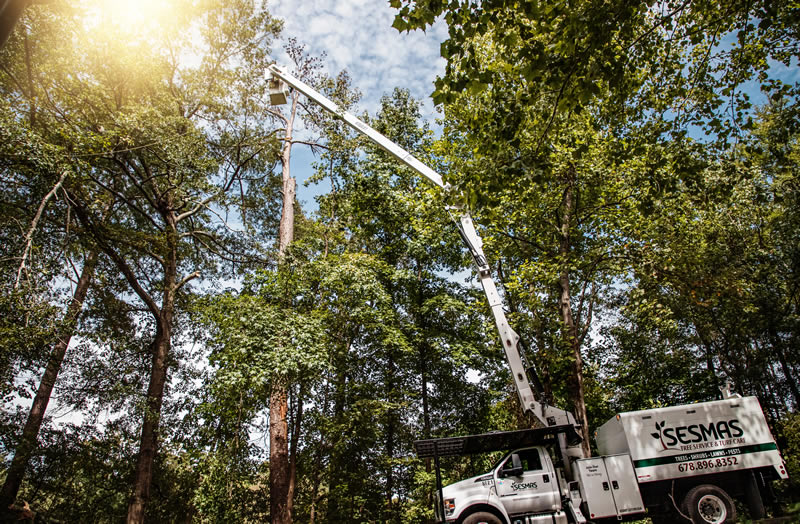

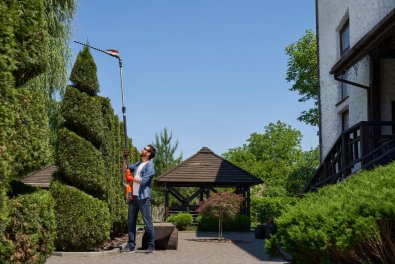
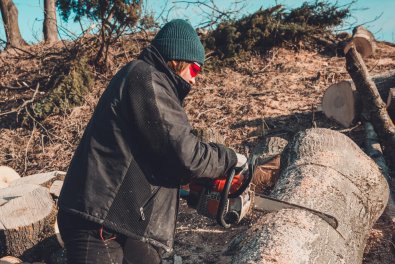
.jpg)
